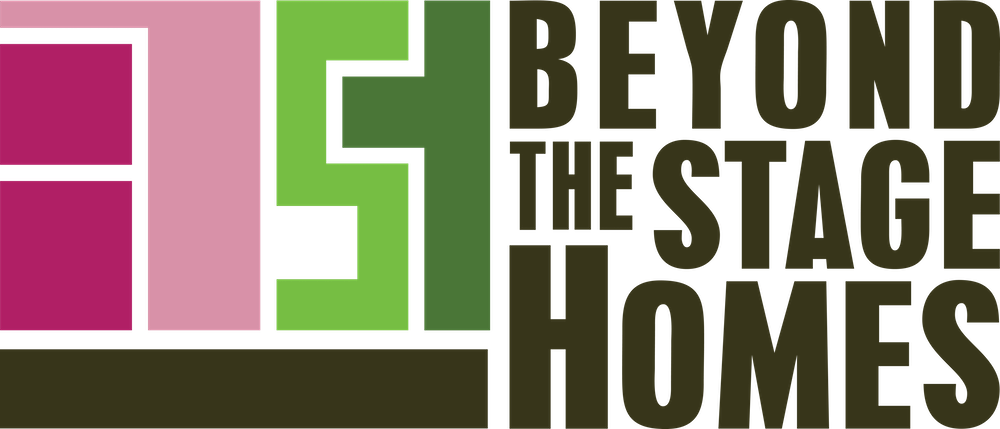While it is possible to sell an empty house, it is rare. If you have ever tried to sell a vacated house without its furnishings, you have likely experienced this firsthand - numerous buyers passing on the home and feedback that makes no sense to you.
"What do you mean the bedrooms look small?"
"The living room isn't an awkward layout!"
Since you have lived in the house, you know how great it looks when it's fully furnished and decorated, and you understand how each room should be set up. The trick is to help your buyers to understand this.
Staging a home made it easier for 82% of homebuyers to visualize the property as a future home, and is proven to have an effect on 93% of home buyers.
The ability to visualize the space is a skill that not everyone has. Only about 10% of your prospective buyers can properly visualize a space beyond what they see in front of them. Staging a home made it easier for 82% of homebuyers to visualize the property as a future home, according to the National Real Estate Association of REALTORS® 2021 Profile of Home Staging report. Not only does furnishing a home help buyers understand the optimal placement for their furniture, but it will also allow them to connect emotionally - home staging is proven to have an effect on 93% of home buyers. It's not just about having furniture in a house to help buyers visualize it, but it's about merchandising the home and selling the experience of living there.
Feature Vacant Home Staging Project
clearly define each room
This means showing buyers the intended purpose and use of each room in the home, whether it is a bedroom, an office, a dining room, or a gathering room. Defining this intent, and showcasing this one used for the space, will allow buyers to flow more easily from room to room when viewing the home without having to stop and think in each room about how they would use it.
Home staging aims to define the space clearly, show proper scale, and create an emotional connection with buyers, achieved through updates and repairs, eliminating distractions from the home, and adequate furnishing, arranging and merchandising of the space.
Have you ever ordered an item online, and when you received it, you realized that it was not quite the size you thought it was? The online site probably gave you the dimensions for the item, but you did not fully understand its size from the photo they provided you.
You take a commonly known object and place it next to the item that you're trying to show the size. Now let's take this back to your empty house. Vacant rooms will often look smaller than they are to prospective buyers, especially since 92% of these buyers are viewing your property online (National Association of REALTORS® 2014 REPORT), and these photographs can be deceptive in vacant rooms. Showing that a queen-size bed with nightstands fits in a bedroom, for example, or a full-size sofa in the sitting room, will help buyers understand how they could furnish the rooms, and you are giving them the incentive to come and visit the home to see for themselves.
A house that is not properly furnished will distract buyers, thus disrupting this natural flow.
When viewing an empty home online, it is difficult for potential buyers to connect to the house and feel invited in—making them less likely to visit it. Why do you think that homebuilders prepare a model home for their buyers? They understand that their buyers want the experience of walking around the house instead of just viewing a black-and-white floor plan. Many homebuilders say that buyers purchased the finishes shown in their model property.
As home stagers, it is not uncommon for the buyers of the home that we staged to contact us to purchase the items we used in staging it or to help them buy items like those we used. They loved it so much when they walked through that they wanted to buy it all!
A house that is not properly furnished will distract buyers, thus disrupting this natural flow. Buyers want to flow easily from room to room in a home. In an empty house, each space requires additional time (and energy) to discuss the proper use, the size of the room, what will fit, what won't, and where to position it. They'll then need to attempt to visualize what that will look like, which is challenging for 90% of the population. Making your buyers do this much work usually leads to a longer time on the market, price reductions, and a lot of avoidable stress on your part.
Create an emotional connection
Help your buyers connect with the home by having it professionally staged. This will help answer all your buyer questions, so the only question remaining is: "How soon can we write up an offer?"
Did you know? The investment in home staging is always less than the first price reduction. In addition, an investment in home staging means less time on the market and therefore lowers your carrying costs for the house.




